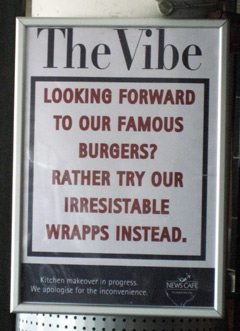This from Bruce Nussbaum…
Carl Icahn, who is constantly called “the corporate raider turned shareholder activist” is battling Motorola CEO Ed Zander to get a seat on the board of directors and use the company’s cash to buy back stock–including his own Motorola stock. Zander and Motorola are vulnerable to this squeeze because of the sharp decline in the profits derived from the great selling Razr cellphone. Motorola has been cutting its price all year, especially in emerging markets, and is losing market share to rivals Nokia and Samsung. All this before Apple launches its iPhone.
And then…
But the Razr turns out to be bad design, really bad design, because it has an awful user-interface. I personally know nearly a dozen people who truly hate their Razrs, including a number of top designers. People have a very hard time with just the basic features, such as phone numbers, texting, sending photos, even hearing well. There are lots of consumer complaints. The truth is, despite its terrific outside, the Razr runs on an old, homeground operating system that Motorola is only now updating.
So the Razr, in the end, reflects old-fashioned design–form over function. The resulting poor consumer experiences for a huge number of people may make it harder for Motorola than it anticipates to recoup in the marketplace. In a competitive environment where people can easily buy Nokia or Samsung phones, and now Apple iPhones, memories of bad expiences with the Razr may make them very reluctant to try another Motorola cell.
See?! See!!!? The stories of the the bad UI on the RAZR are legendary. The UI community knew it would get them in the end. And now it has. (Somewhat).
Good design is a long term bet.
Interestingly, though, it’s now time to market that’s plaguing Motorola. By all accounts, they’ve got people working on a new and genuinely usable product range (I even met one of them a while back and I can certify that he was cool). But because it hasn’t come to market quickly enough, they’re left in a jam. Of course, if they’d done it right first time, they wouldn’t have got into the jam in the first place.
Anyway, there’s more detail chez M. Nussbaum so have a read.



